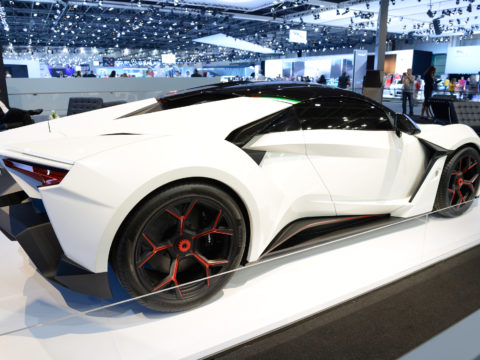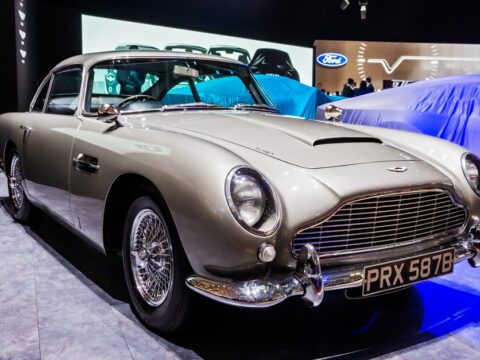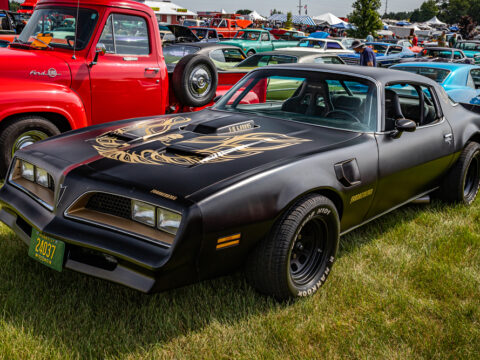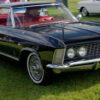In the realm of automotive history, innovation has always been the fuel that propels the industry forward. From the first horseless carriages to the high-tech electric vehicles of today, groundbreaking “firsts” have punctuated our journey, setting new standards and changing the course of automotive design and functionality. This article delves into these pioneering moments, celebrating the cars that introduced revolutionary features and their lasting impact on how we drive and experience the road.
Contents
Ford Model T (1908) – Mass Production
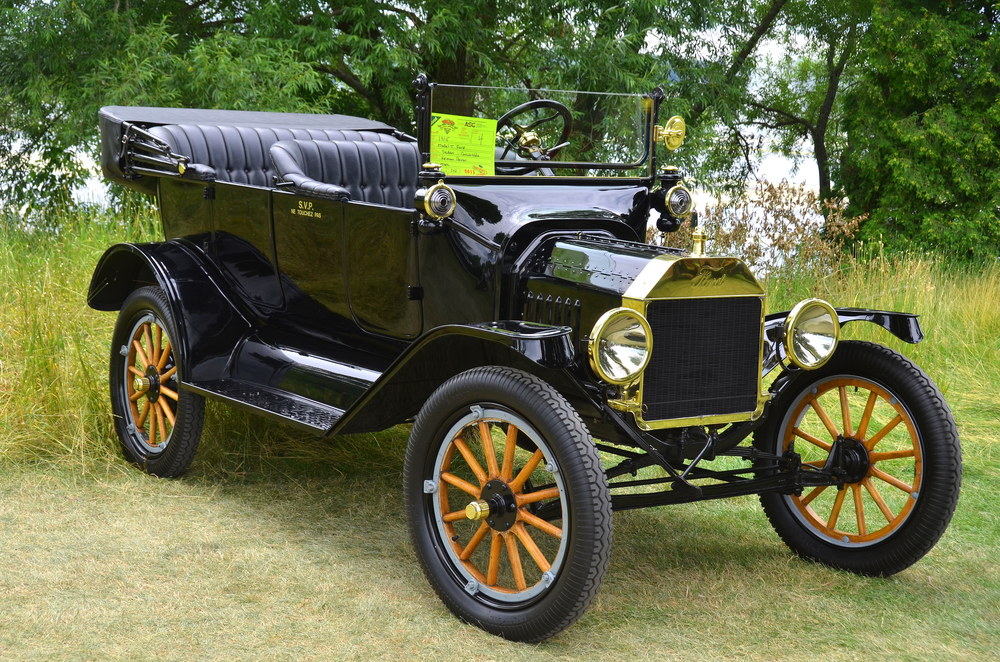
The Ford Model T debuted in 1908 and was the first vehicle mass-produced on an assembly line. This innovative production method made cars affordable and accessible to a broad swath of the population, previously an item of luxury reserved for the elite. The assembly line significantly lowered production times from 12.5 hours to just 93 minutes per vehicle, revolutionizing the automotive industry and setting a precedent for manufacturing techniques globally.
Cadillac Type 51 (1915) – V8 Engine
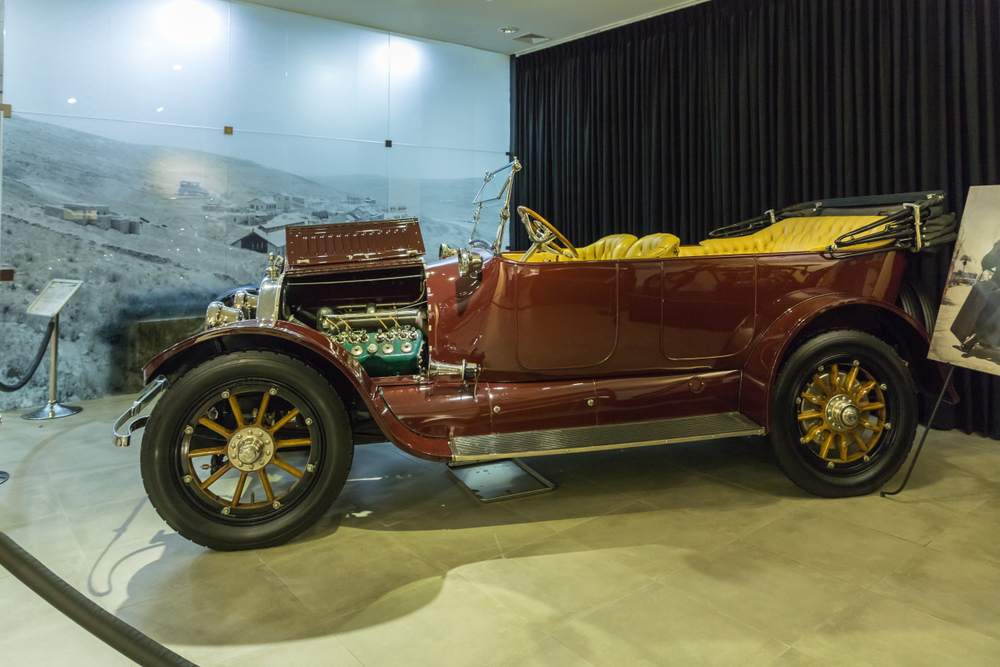
Introduced in 1915, the Cadillac Type 51 was the first vehicle to feature a mass-produced V8 engine. This powerful engine type became an industry standard, offering a smoother and more potent performance compared to the prevalent inline 4 and 6 engines at that time. It marked the beginning of a shift towards high-performance vehicles, with the V8 engine finding its way into numerous other car models and brands in the following years.
Chrysler Airflow (1934) – Aerodynamic Design
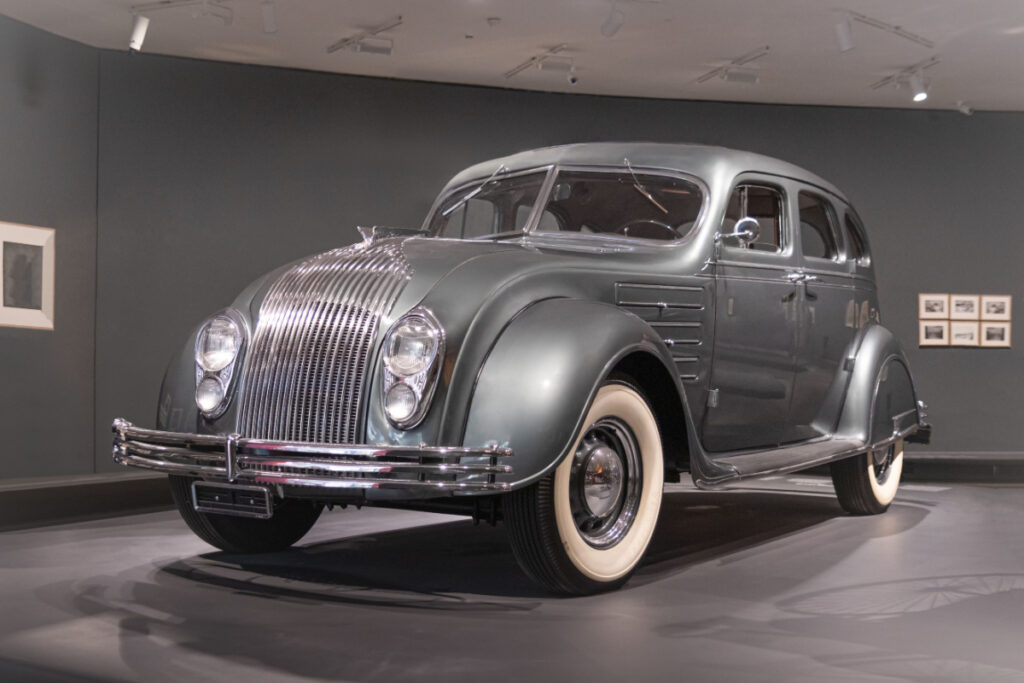
The Chrysler Airflow, launched in 1934, was the first vehicle designed using aerodynamic principles. This innovation allowed for better fuel efficiency and higher speeds due to reduced drag. It pioneered the integration of aerodynamics in car design, influencing future vehicle styling and engineering.
Saab 92 (1949) – Safety Innovations

In 1949, the Saab 92 introduced several safety innovations, including a unitary body construction, which enhanced structural rigidity, and a safety cage, a concept that greatly enhanced crash protection for occupants. These pioneering safety features became staples in the industry, setting a new standard for vehicle safety globally.
Chevrolet Bel Air (1955) – Small Block V8
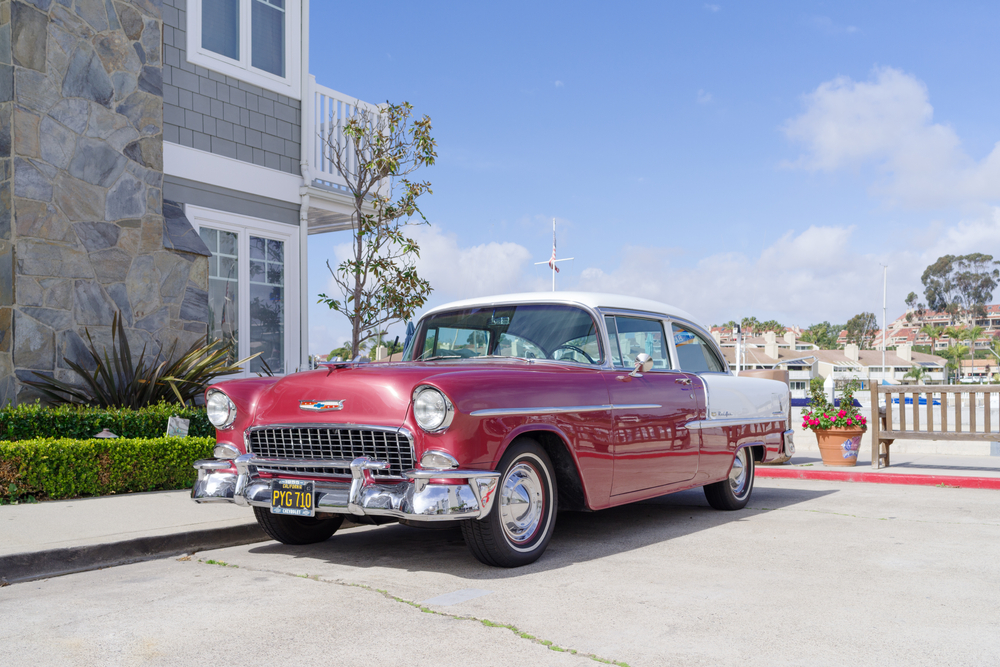
The 1955 Chevrolet Bel Air introduced the small-block V8 engine, which provided a potent combination of power, lightweight, and compact size. This engine became a favorite for many car enthusiasts, setting the stage for a generation of muscle cars and influencing the American car culture deeply.
Volvo PV544 (1959) – Three-Point Seatbelt

In 1959, the Volvo PV544 became the first car to feature a three-point seatbelt as standard equipment, a pivotal development in automotive safety. The innovation drastically improved passenger safety and has been universally adopted, with the three-point seatbelt now being a mandatory feature in vehicles worldwide.
AMC Hornet (1973) – Hatchback Design
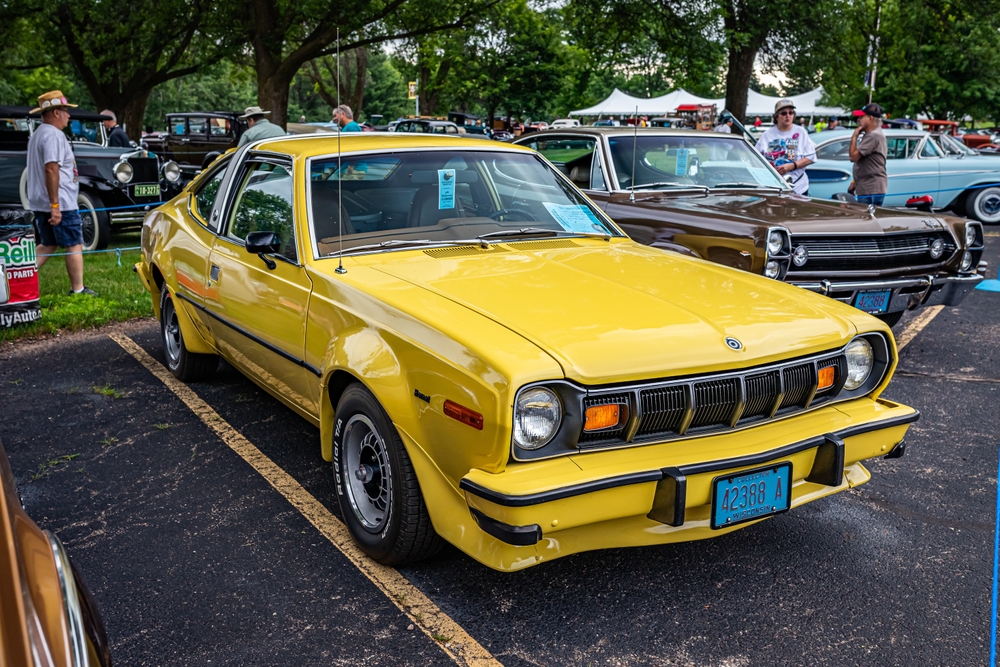
The AMC Hornet, released in 1973, was one of the first vehicles to popularize the hatchback design in the United States, offering increased utility and flexibility compared to traditional sedan body styles. This design innovation influenced the automotive industry significantly, with hatchbacks becoming a popular choice for consumers seeking both space and functionality.
Toyota Prius (1997) – Hybrid Technology

The Toyota Prius, which debuted in 1997, was the first mass-produced hybrid vehicle, combining a gasoline engine with an electric motor to enhance fuel efficiency and reduce emissions. This groundbreaking vehicle paved the way for the widespread adoption of hybrid technology, significantly influencing the automotive industry’s move towards more sustainable vehicle options.
Tesla Model S (2012) – Electric Powertrain and Autopilot
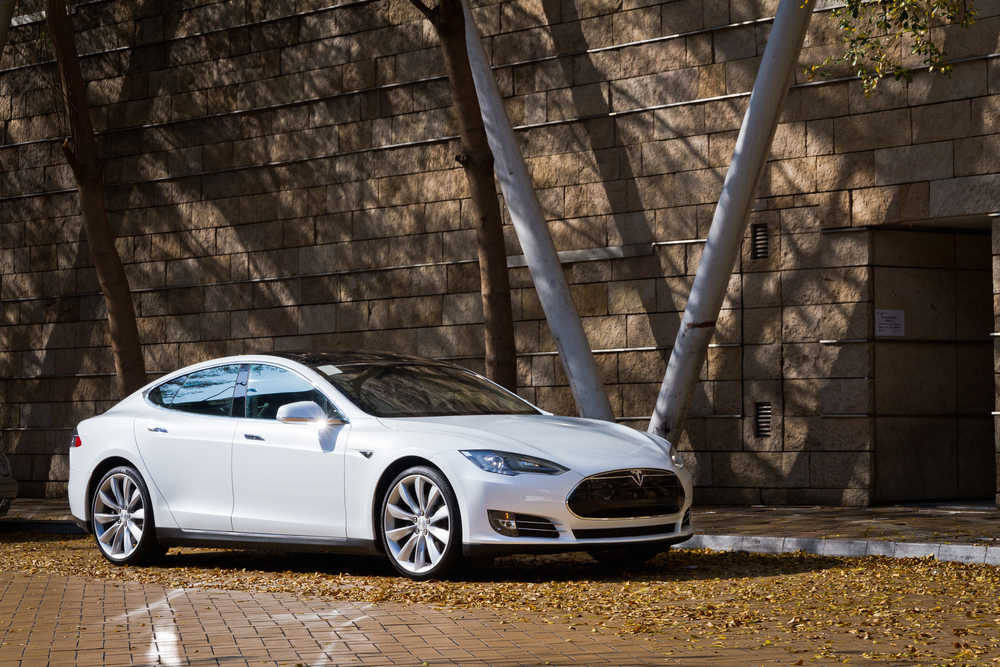
The Tesla Model S, released in 2012, revolutionized the automotive industry with its fully electric powertrain and autopilot capabilities. These features set a new standard for electric vehicle performance, range, and safety, inspiring a wave of innovation and competition in the electric vehicle sector accelerating the industry’s shift away from fossil fuels.
BMW i3 (2013) – Carbon Fiber Reinforced Plastic Body
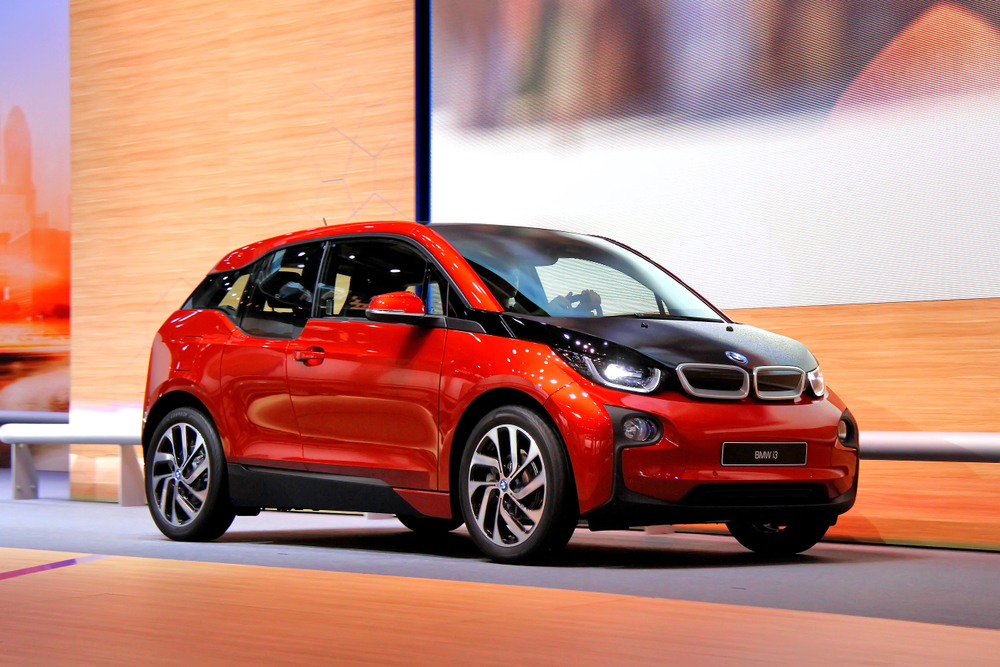
In 2013, the BMW i3 introduced a carbon fiber reinforced plastic (CFRP) body, a first in mass production vehicles. This innovative material drastically reduced the car’s weight, enhancing its efficiency and performance while maintaining high safety standards. Using CFRP signified a step towards utilizing advanced materials to meet stringent emissions and safety regulations.
Mercedes-Benz S-Class (2013) – Autonomous Driving Features
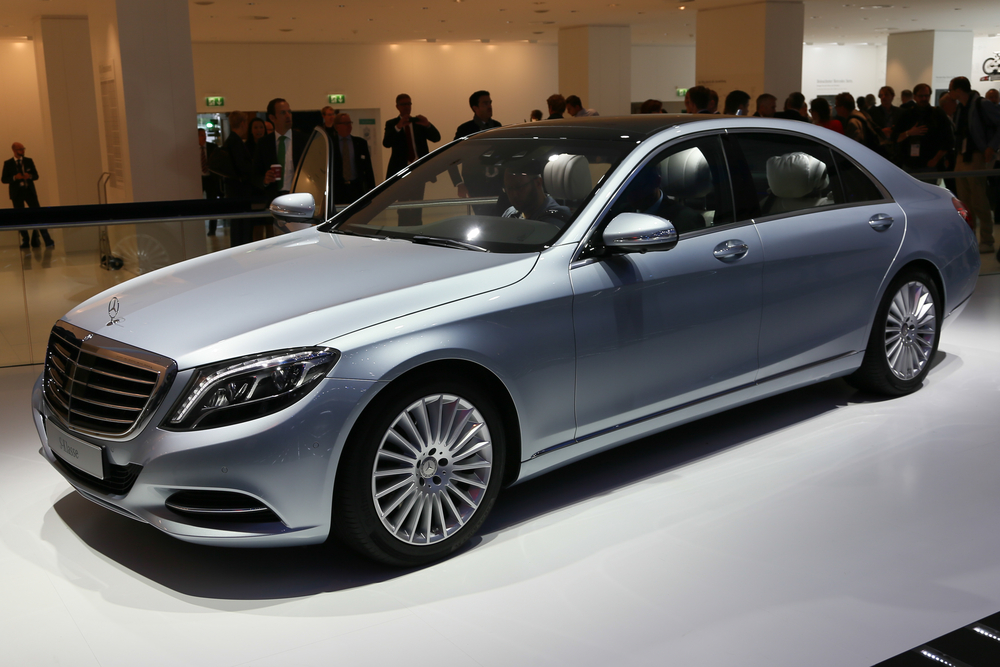
The Mercedes-Benz S-Class, introduced in 2013, was a trailblazer in integrating semi-autonomous driving features, including adaptive cruise control and lane-keeping assist. These features marked a significant step towards fully autonomous vehicles, influencing the industry to invest heavily in the development of self-driving technology.
Chevrolet Bolt EV (2017) – Affordable Long-Range EV

The Chevrolet Bolt EV, launched in 2017, brought long-range electric mobility to the masses with an affordable price tag. Offering over 200 miles of range on a single charge, the Bolt EV helped break down barriers to electric vehicle adoption, influencing a broader shift towards electric mobility in the industry.
This article originally appeared on MyCarMakesNoise.
More from MyCarMakesNoise
10 Prestigious Car Brands That Miss the Mark

Behind the shiny badges and glossy marketing are some brands whose reputation for luxury doesn’t quite match reality. Read More.
20 Cars That Have Faded from Everyday Roads

Once staples of American and European highways, these cars that defined the technological advancement of their ages now have their place as relics of memories in exhibitions and auto museums. Read More.
Top Used Electric Cars That Won’t Break the Bank

In this article, we’ll navigate the exciting landscape of pre-owned EVs, highlighting models that deliver the most bang for your buck. Read More.


